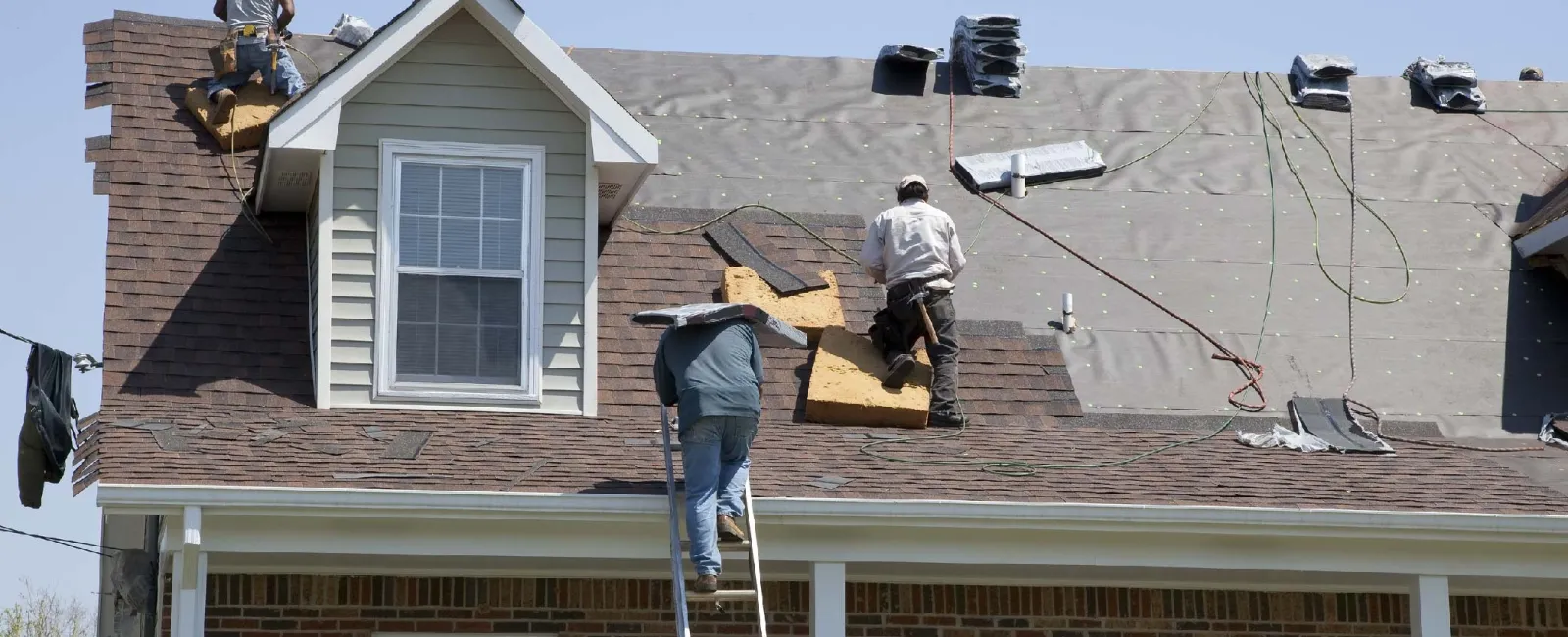Have you ever wondered how hail damages the shingles on your roof? How does hail damage affect your shingles and their ability to protect your home from the elements? We want to take a moment to look at the damage hail causes to your shingles, and how this affects your home's protection.
Let's take a look at hail damage. What happens to a shingle when it is struck by hail?
Granule Loss
The granules on your roof serve multiple purposes. They provide UV protection, as well as add weight, color, and dimension to your roof. Over time your shingles have natural granule loss, but when they are hit by hail that loss is accelerated, which rapidly decreases their ability to protect your home.
Bruising
When a severe hailstorm hits, the granular loss may be accompanied by bruising of the fiberglass mat, which drastically shortens the lifespan of your roof.
Cracks
The hail impact points may also result in cracks in the shingles, which may be even more apparent when wind causes the shingle to fold where cracks have developed.
In addition to hail, wind can cause significant damage to your roof. When a shingle suffers wind damage the following things might happen:
Flipping
This occurs when the wind lifts the shingle where the adhesive has begun to wear down and creates a fold in the shingle, leading to granular loss at the fold, ultimately decreasing the effectiveness of your shingles to protect your home.
Tearing
Heavier wind can lead to shingles tearing completely off the shingle strip, exposing the fiberglass mat and drastically decreasing the lifespan of your roof.
Roof Storm Damage Inspection and Repair
Our state-of-the-art drone and AI technology can easily identify the above storm damage. When significant storm damage is found, a replacement roof will most likely be covered by your insurance policy.
Give us a call or schedule an appointment to get your roof inspected for storm damage today.

